In the lofty mountains, every mountain rescue is a challenge to the limits of life, is the ultimate test of rescue technology and teamwork ability. In response to the mountain rescue this kind of complex and urgent task, the traditional ground rescue means limited by the complex and changing terrain, poor weather conditions and human and material resources limitations, often difficult to quickly and accurately locate the trapped person, missing valuable rescue time. In the mountain rescue process how to quickly carry out rescue, how to quickly complete the rescue problem needs to be solved.
With the rapid development of UAV technology, the introduction of UAVs is gradually changing the face of mountain rescue, opening up new possibilities for rescue operations, and providing a variety of air and space integrated emergency search and rescue application solutions.
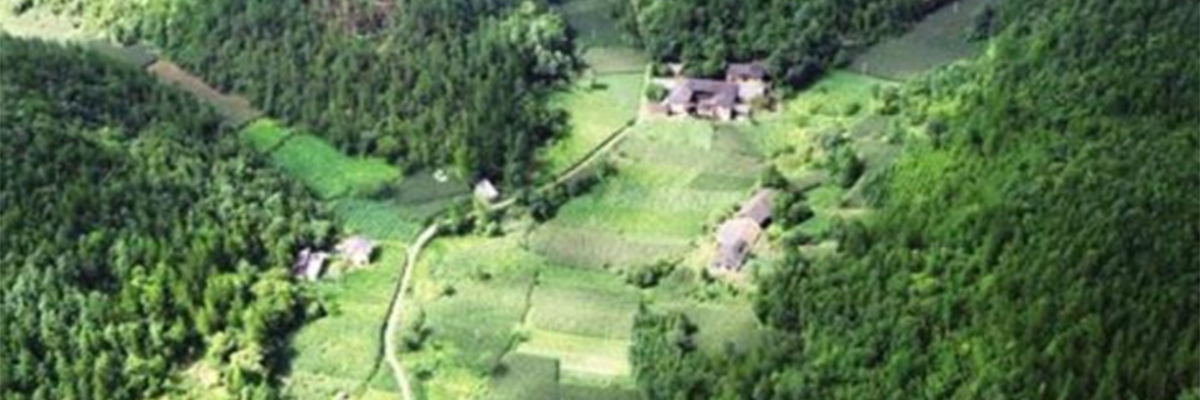
Pain Points in the Mountain Rescue Industry
Complex and Changeable Terrain: Mountain areas usually have a lot of ups and downs, including steep slopes, cliffs, ravines, etc. These complex terrains bring great challenges to the rescue work. These complex terrain brings great challenges to the rescue work.
Dense Vegetation Cover: mountain areas are often covered with dense vegetation, obstructing the field of vision, making it difficult for search and rescue personnel to find traces of trapped people with the naked eye. At the same time, walking in the dense vegetation will also consume more physical strength and time, reducing the efficiency of search and rescue.
Human Violations: some people in the mountain area for illegal hunting, medicine, mining and other activities, these behaviors not only destroy the natural environment, but also increase their own security risks.
Communication Difficulties: Mountain areas usually have poor signal coverage and unstable signals. Especially in remote mountains and canyons, this makes it difficult for trapped people to get in touch with the outside world, and also brings great obstacles to the communication of search and rescue personnel.
Limited Resources: mountain search and rescue requires a lot of human, material and financial resources, the cost is high. Due to the special terrain of mountainous areas, it is often difficult to deploy and supply resources.
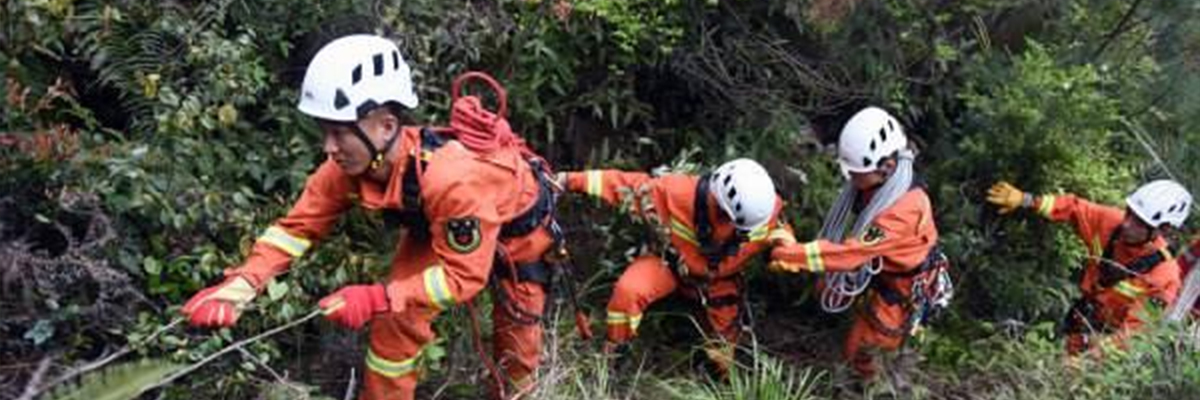
Advantages of Drones in Mountain Rescue
Mobility and Flexibility, Rapid Deployment: UAVs are not restricted by terrain and can easily fly over complex and difficult to pass areas, and can be quickly deployed to the rescue site in a short period of time.
Comprehensive Field of View, Accurate Search and Rescue: the UAV has a high-altitude ultra-clear field of view, and is able to acquire ground information in a comprehensive and real-time manner. By carrying thermal imaging cameras and other equipment, the UAV can scout for ground heat sources, quickly investigate and locate the position of target personnel in the first time, and provide accurate target information for rescuers.
Multi-Functional Integration, Assisting Rescue: the UAV can integrate a variety of functional modules, providing a variety of means for rescue. Such as throwing module, shouting device, etc., timely supply of materials and emotional appeasement. In addition, it can also carry communication equipment to act as a temporary relay station, providing relay services for communication in extreme environments.
Information Synchronization, Air-ground Coordination: the UAV can synchronize the detected information to the ground command platform in real time, realizing air-ground coordinated operation. Thus, a more accurate and efficient rescue program can be formulated.
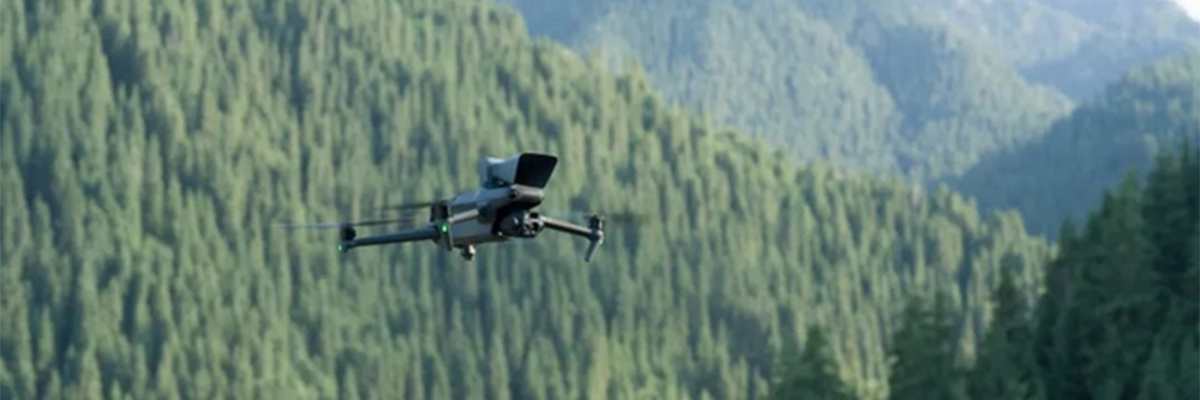
Application Scenarios
01. Wild Search and Rescue
The environment of wildland search and rescue is harsh, with large differences in terrain height, vegetation cover, obstructed vision, and not easy to find. Traditional field search and rescue personnel, often aimless carpet search, while the high altitude advantage of the drone, can quickly obtain comprehensive, real-time ground information, to achieve efficient search.
In the event of a lost person incident, the rescuer can then mark the spot on the map, further actualize the situation through the panorama, determine the specific location of the trapped person, and forward the location information of the trapped person to the rescue team, and implement the search and rescue at a rapid speed.
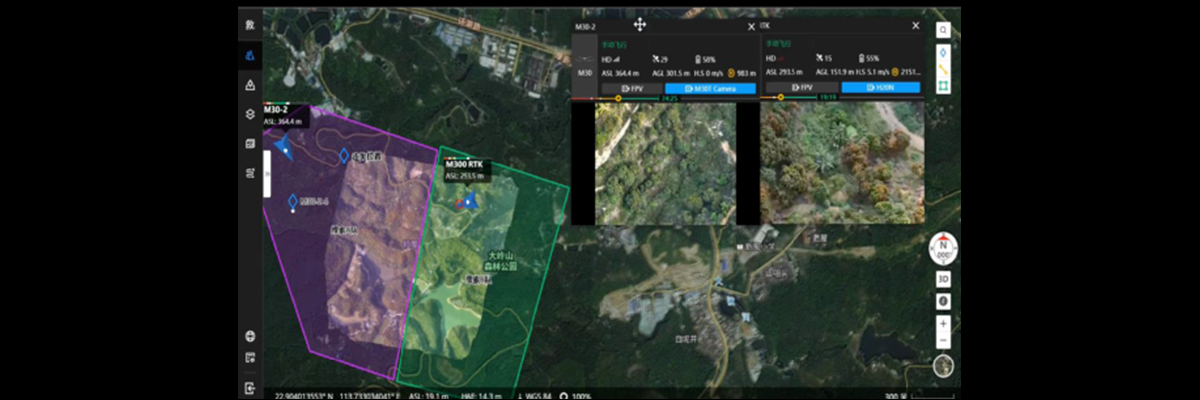
Maneuvering Search and Rescue: the advantage of high altitude maneuvering of the UAV is not affected by the ground environment, and search and rescue can be launched quickly;
Rapid Map Building: quickly generate 2.5D maps to create electronic command map;
Clue Labeling and Research and Judgment: label existing information for research and judgment;
Route Guidance: send the reference path of rescue guidance to the handheld terminal;
Pointing and Positioning: through the laser pointing and positioning function, synchronize the coordinates of trapped people and the number of people with the rescue force;
Information Synchronization: real-time synchronization of the information detected by the flyer to the command platform.
02. Night Search and Rescue
Poor visibility at night. In mountain search and rescue, the drone incarnates “clairvoyance”, equipped with thermal imaging camera can present different temperature points, in the night or poor line of sight, quickly find the human body heat source, the rescue team through the mountainous environment and the human body heat formed by the stark contrast to accurately locate the lost person. The visible light camera can provide clear images to further confirm the identity and status of trapped people.
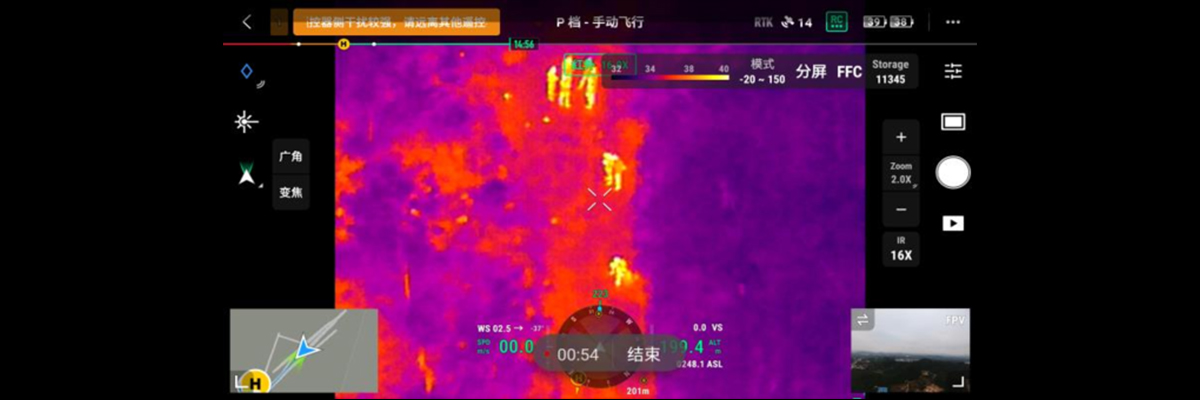
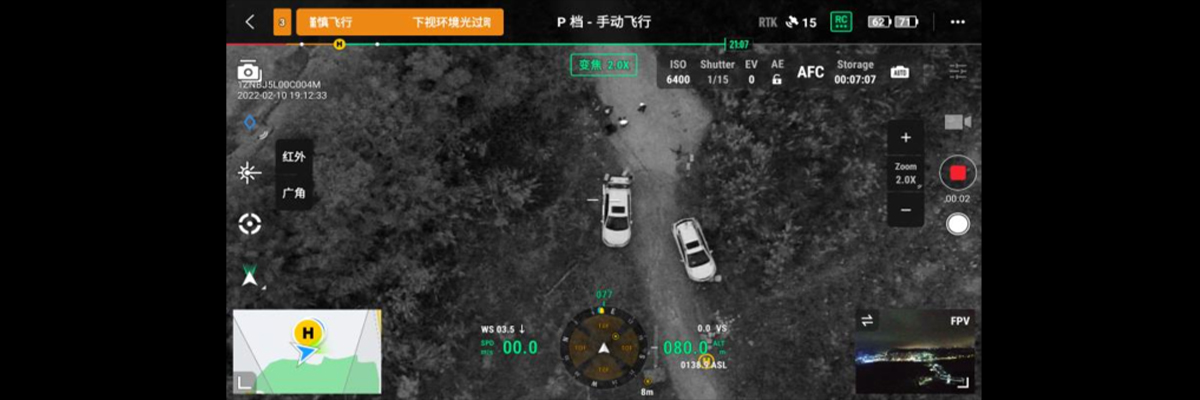
03. Emergency Rescue
Reconnaissance drones have been formally included in the central emergency material stockpile varieties. In emergency rescue the drones can transmit the captured images, videos and other information collected in real time back to the ground control station or the rescue command center during the flight. Ground staff can view the information transmitted back from the drone in real time through the cloud platform, and analyze and process this information. Provide precise guidance for rescue operations. With the high-precision maps transmitted back from the drone, search and rescue personnel can perform their tasks more safely and efficiently. With the multi-channel drone low-latency high-definition images, all members can watch the live broadcast in real time and search for the rescue target together.
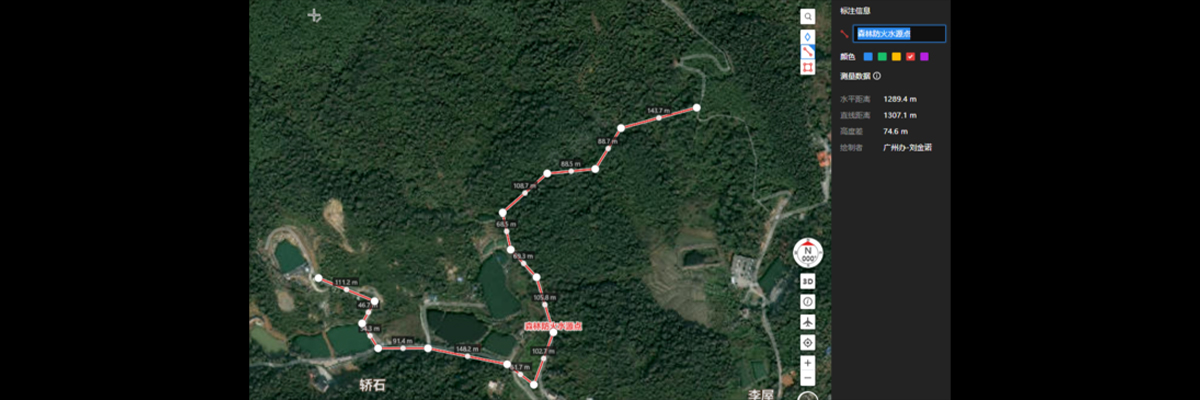
04. Auxiliary Rescue
If a trapped person is found, the UAV can communicate with the trapped person by carrying a shouting device to calm them down and allow them to save their strength. During the process of ground rescuers approaching the trapped person, the UAV can continue to monitor the situation in the air, providing real-time navigation and some simple self-rescue guidelines for the ground rescuers to help them avoid the dangerous area and choose the best rescue route.
In some special cases, such as the location of the trapped personnel is difficult to approach, the UAV can carry a throwing module to throw some small rescue materials to the trapped personnel, such as medicine, food, water and other protection materials, to provide them with the necessary support and help.
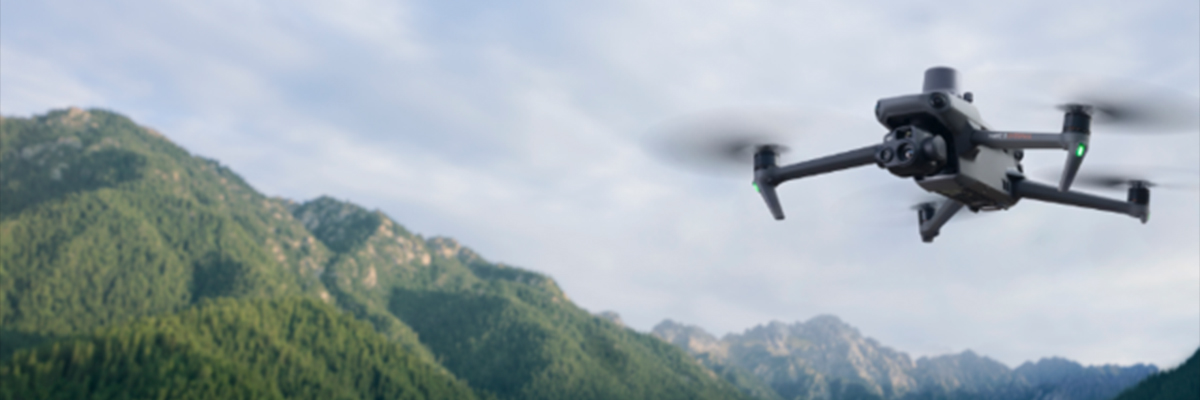
Science and technology assistance, the combination of resistance and defense. Drone technology has become an indispensable scientific and technological force in the field of emergency firefighting, providing powerful support for real-time investigation and search and rescue at complex scenes, giving front-line personnel wings and better guarding people's lives and property safety.
Post time: Jan-14-2025